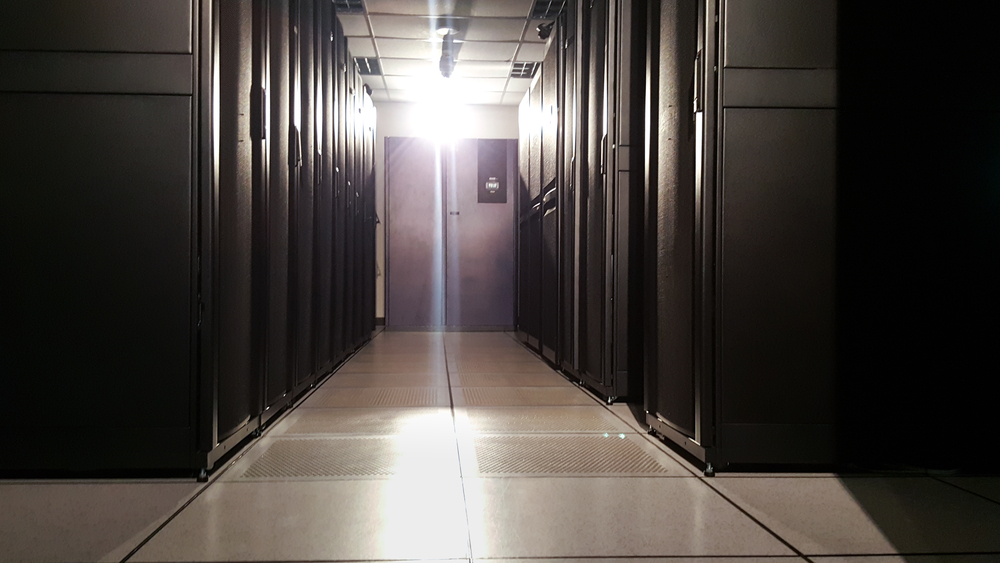The Raritan Blog
Home » Raritan Blog » Data Center Trends: Rack Densities and Outages On the Rise
Data Center Trends: Rack Densities and Outages On the Rise
Jessica Ciesla
March 30, 2021

Rack densities are increasing in data centers, but not enough to stretch existing resources and require wholesale changes in power distribution and cooling. Meanwhile, data center outages are becoming more frequent and disruptive – and they are mostly caused by power problems, according to a recent study by the Uptime Institute. Let’s take a closer look at these two trends.
Higher Rack Densities
The average server rack density has nearly quadrupled in the past nine years, from 2.4kW/rack in 2011 and 5.6kW/rack in 2017 to 8.4kW/rack in 2020, according to the 10th annual Uptime Institute Global Survey of IT and Data Center Managers, which was released in July.
Of 425 survey respondents in 2020, 16% said their rack power density has increased rapidly in the past year, while 53% said they are slowly increasing. The remaining 27% said power density is about the same, while 4% said it’s shrinking.
Power density per rack, which is important for data center design, capacity planning and cooling, and power provisioning is on the rise because of the increase in compute-intensive workloads, artificial intelligence, Internet of Things, and augmented and virtual reality, the organization said.
Most survey respondents said their highest density racks were in the 10 to 19kW range, which is not high enough to require extensive technical changes in the data center, according to the report. Overall, most organizations – 46% to be exact – had rack densities in the 5 to 9kW range, while 25% were in the 1 to 4kW range. Of the remaining, 13% had rack densities of 10 to 19 kW, while 16% were 20kW and above. More specifically for the higher-rack densities, about 7% was between 20 to 29kW, about 5% was between 30 to 39kW and about 5% was 40 kW and above.
Rack densities of 20kW and above are on the rise, but not to the extent that the industry has previously predicted. According to the Uptime Institute, many of these higher-density, compute-intensive workloads are consumed by organizations as a service through hyperscale cloud providers.
Data Center Outages Increase
Data center outages are growing more common and more disruptive, according to the Uptime Institute. Over the past three years, 78% of data center operators said they suffered an IT outage, up from about 50% from the 2018 and 2019 surveys.
In the 2020 survey, 20% reported severe or serious outages during the past three years, which causes financial and reputational damage, the organization said.
Another 24% experienced significant outages, defined as service disruptions that are limited in duration with minimal or no financial effect, but with some impact on reputation and regulatory compliance. The remaining 57% of outages had minimal or negligible impact.
The cost of downtime has increased during the past year. In 2020, 16% of the outages caused more than $1 million in damages, up from 10% in 2019. Furthermore, 40% of the outages caused $100,000 to $1 million in damages, up from 28% in 2019, according to the report.
Outages Preventable
Most data center operators – 75% of those surveyed – believe their downtime was preventable, up from 60% in 2019. The top four causes of outages are on-site power problems (37%), software or IT systems errors (22%), network issues (17%), and cooling problems (13%).
“With more investment in management, process, and training, outage frequency would almost certainly fall significantly,” the Uptime Institute report said.
Raritan Solutions
Raritan offers a family of PX Intelligent Rack PDUs that provides the industry’s widest range of designs above 10kW, including rack PDUs rated up to 68kW. The PDUs feature real-time remote power monitoring and can help increase uptime with circuit breaker trip alarming and built-in failover power that maintains network connectivity and provides real-time power alerts to IT staff. The PDUs allow for power capacity planning when they are combined with Raritan’s Data Center Infrastructure Management (DCIM) software.
Other Blog Posts
- The Rapid Growth of AI and the Use of Raritan PDUs to Meet Higher Power Demands
- Posted on October 11, 2023
- Data Center Report Fewer Outages, But Downtime Still Costly
- Posted on September 20, 2023
- Survey: Energy Usage and Staffing Shortages Challenge Data Centers
- Posted on September 20, 2023
- Raritan Secure Switch: Secure NIAP 4.0 Compliant Desktop KVM
- Posted on September 20, 2023
- The Midwest is a Hot Market for Data Centers: How the New Generation of Intelligent Rack PDUs Can Save Cloud Giants Uptime and Money
- Posted on September 7, 2023
Subscribe
Upcoming Events
- AFCOM Data Center World
- April 15 – 18 • Walter E Washington Convention Center - Washington, DC
- Advancing Data Center Construction West 2024
- May 6 – 8 • Salt Lake City, UT
- Net Zero Data Center
- May 16 – 17 • Dallas, TX
- 7x24 Exchange Spring
- June 9th • JW Marriott Orlando Grande Lakes
Latest Raritan News
- Legrand Certifications and Process Controls Provide Confidence in Information Security for Network-Connected Devices in Data-Related Applications
- Posted on April 1, 2024
- Legrand Releases Version 4.0 of Raritan’s Industry-Leading Secure KVM Switches, Raising Bar for Secure Desktop Access
- Posted on July 31, 2023
- Legrand Revitalizes Data Center Sector with Two Revolutionary Intelligent Rack PDUs
- Posted on May 1, 2023
- Raritan Reveals The MasterConsole® Digital Dual KVM Switch
- Posted on February 18, 2021
- Legrand Data, Power and Control Division Announced as Finalist in Six Categories at DCS Awards 2020
- Posted on November 9, 2020